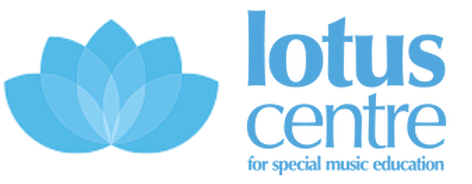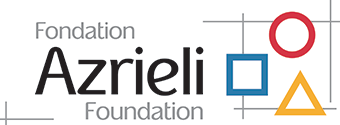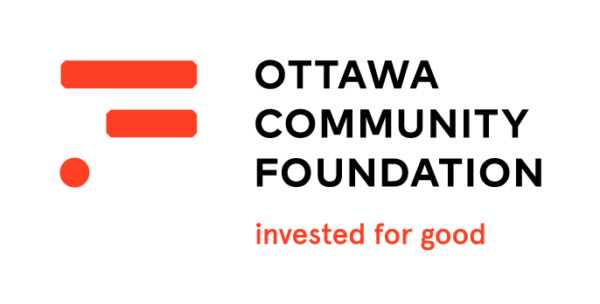We talk a lot about using a strengths-based approach for students with exceptionalities. This is a critical part of helping students reach their full potential. But in order to take a strengths-based approach, we need to first and foremost know our student’s strengths. So, how do we do that?
Let’s start by looking at the various learning styles and what they mean. There are several different listings of learning styles, but here we’re going to focus on the basic three: visual, auditory and kinaesthetic.
Visual: Learns best when using graphs, maps, charts etc. as visual representations of learning concepts. In music, this can manifest either through learning best through score reading, or by watching concepts modelled.
Auditory: Learns best through listening. In music, this is often students who learn well by ear.
Kinaesthetic: Learns best through movement. In music, this is students who learn well by rote or understand musical concepts by feeling them in their body.
We all have preferred learning styles. Though most of us can function in any learning modality, we invariably have ways of processing information that work best for us. This is where students with exceptionalities may differ…depending on their challenges, one or more learning pathway may be compromised. This means that the pathway to learning is often narrower for students with exceptionalities—we can’t necessarily teach them in the way that we teach typically-developing students and expect them to learn as easily. This means that as teachers, we need to make sure that we know what that preferred pathway is so that we make sure we’re feeding the information through it. This is where the importance of understanding learning styles come in.
There are certain diagnoses that tend to lean towards certain preferred learning styles. This can either be because there are impairments in one or more learning pathways as part of the diagnosis (for example, a student who is hearing impaired will not have auditory learning as their preferred learning pathway), or because there are strengths (for example, autistic people often have superior auditory skills when it comes to music processing and music learning). That can serve as a starting point, and it’s a good idea to research learning approaches that work best with your student’s diagnosis. But ultimately, we’re all individuals, and you need to observe your student to see how they seem to be engaging with learning. Here are some questions you can ask yourself:
1. Does the student like puzzles or seem engaged with visual toys and games? (indicates visual learner)
2. Does the student easily reproduce rhythms or pitches? (indicates auditory learner)
3. Does the student learn best by rote or by repeating patterns on their instrument? (indicates kinaesthetic learner)
You may also get feedback from caregivers on how the student engages with music and learning in other ways. Do they have difficulty following aural instructions? That could indicate difficulty with auditory processing. Do they struggle with reading? That may indicate that they will struggle with visual aspects of music learning like note reading.
Once you’ve determined your student’s preferred learning style as well as any learning pathways that may be compromised, you need to determine how you will use that information to take a strengths-based approach to instrumental instruction. Playing a musical instrument is one of the most complex activities we humans undertake from a neurological perspective. In order to set our students up for success in undertaking this very complex activity, we want to make sure that that they’re using their strengths to make it happen as this will be the most effective path and lead to the best learning outcomes. Here’s a snapshot of approaches to take for each:
If your student is a visual learner…they may read music well, but that depends on a lot of other factors, including cognitive ability. If they don’t read music well, use other visual aids to reinforce concepts, like flash cards or colour coding.
If your student is an auditory learner…teach them by ear! A great way to do this is by singing the note names (I like to do this in solfege) and have the student learn their repertoire that way. They can also sing to aid in memorizing the pitches, or they can simply learn by repetitive listening. You can send them home with a recording for practice.
If your student is a kinaesthetic learner…incorporate movement into the learning process as much as possible. Teach rhythm through moving or conducting. Teach repertoire through repetitive movement. Allow the student to feel the movement in their body and internalize it. Leaning into these strengths does NOT mean that we won’t teach the other skills! It simply means that we will use these areas of strengths as the primary pathway to learning. This is key to allowing all of our students to reach their full potential.
Happy teaching!



